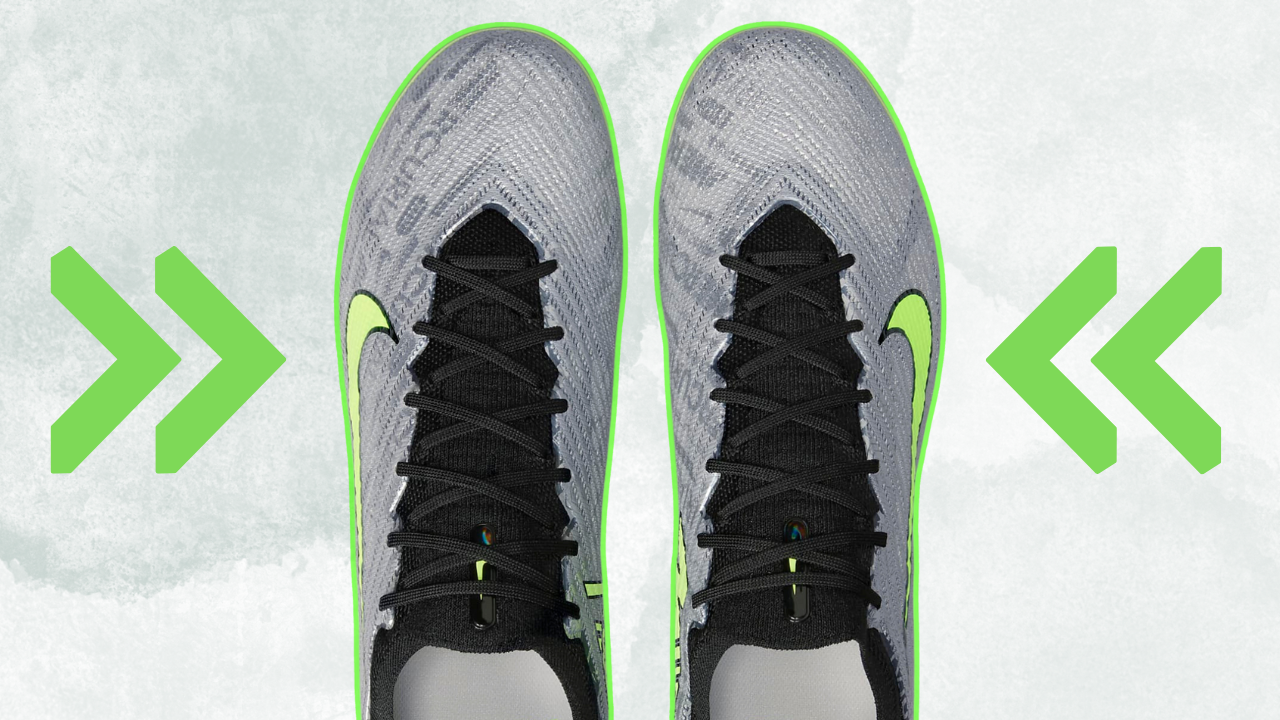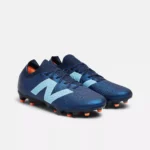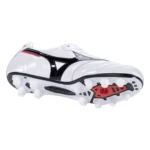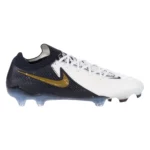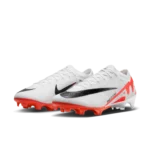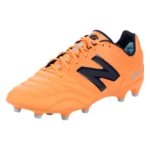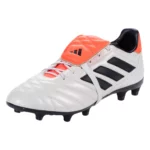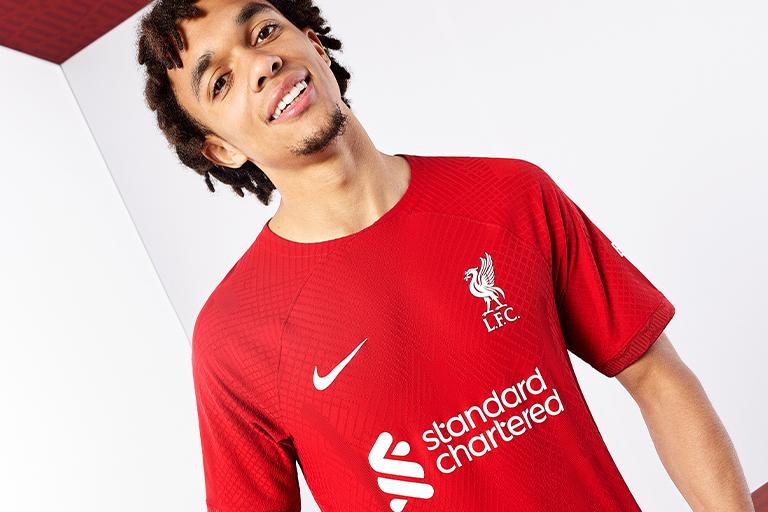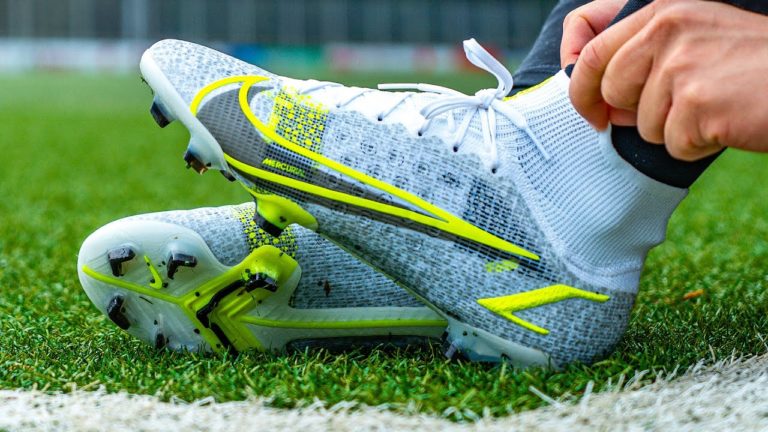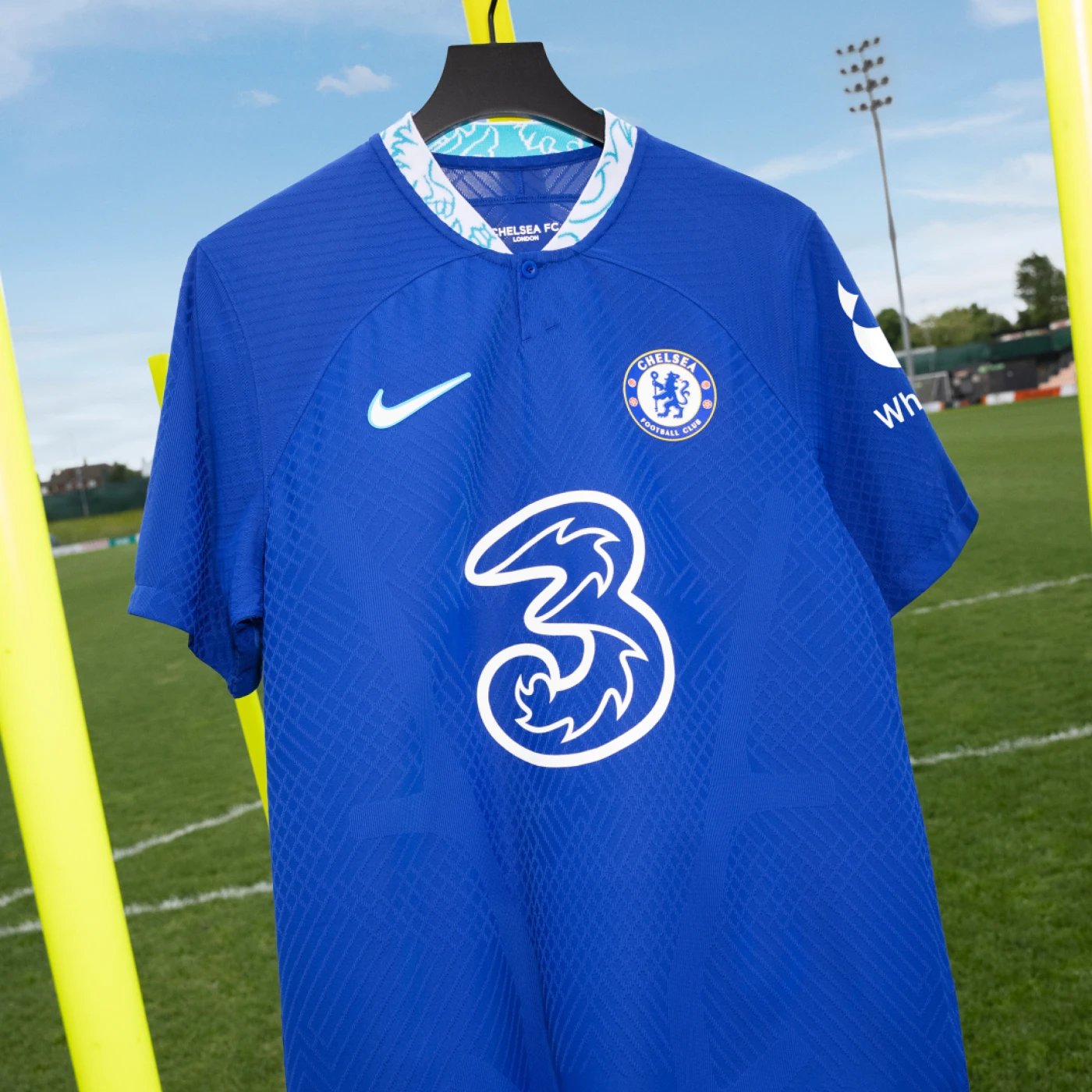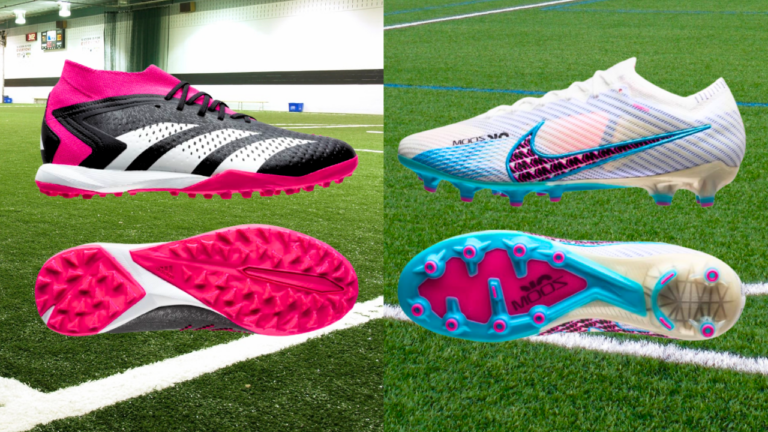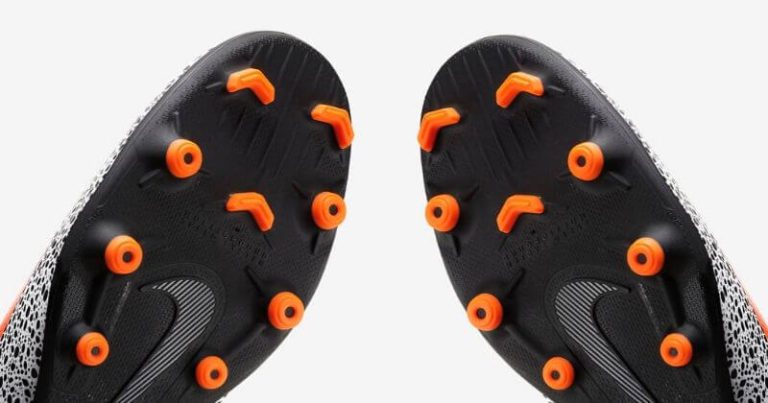Why Are Football Boots So Narrow?
Introduction
If you’ve ever struggled to find the perfect pair of football boots that fit just right, you’re not alone.
The majority of modern football boots tend to be quite narrow, leaving players with wider feet frustrated and uncomfortable.
In this article, we’ll dive deep into the reasons behind the prevalence of narrow football boots, the impact on players, and potential solutions to this ongoing issue.
A Historical Perspective on Shoe Design

To understand why football boots are often narrow, we need to take a step back in time. For centuries, shoes, in general, have sported a slim fit and a narrow toe box.
This design was associated with aesthetics and social status; narrower shoes were a symbol of wealth and refinement.
As shoe designs evolved, this preference for slimness carried over to athletic footwear, including football boots.
While the first designated football boot appeared in 1526, it wasn’t until the 1979 release of the Copa Mundial that a mass-market success was achieved.
Despite the advancement in materials and technologies, the slim silhouette of football boots has remained a constant feature over the years.
Design Considerations and Player Performance
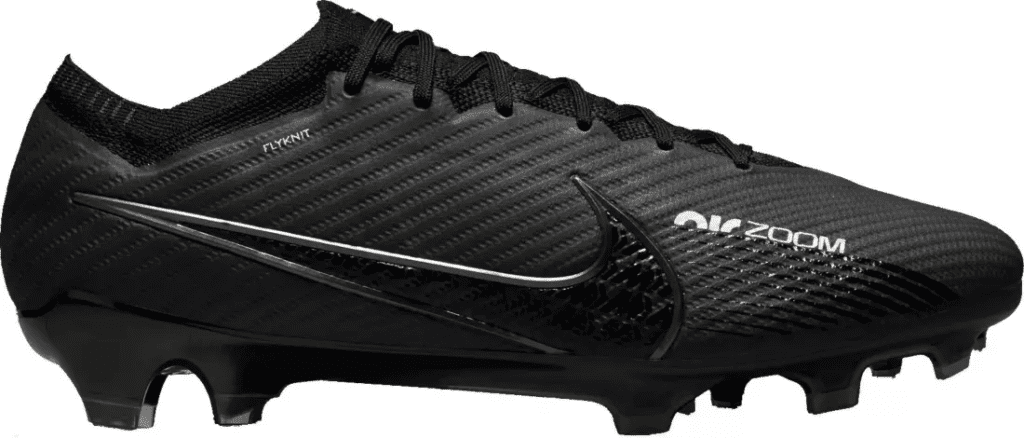
Why do brands continue to favor narrow football boots? There are a few key factors at play:
- Lightweight Design: Slimmer boots require fewer materials, resulting in a lighter overall weight. Lighter boots can provide players with a greater sense of agility and speed on the field.
- Enhanced Control and Stability: Football boot companies often market their narrow designs as providing superior control and stability. A snug fit can help players feel more connected to the ball and the playing surface, potentially improving performance.
- Responsiveness: Perhaps the most prominent reason for narrow football boots is responsiveness. A close-fitting boot reduces the space between the foot and the boot, leading to better ground contact and ball feel.
The Issue of Fit

While the intentions behind narrow football boots are valid, there’s a critical drawback: the design doesn’t accurately match the shape of the human foot.
Take a moment to observe your feet when you’re barefoot or wearing socks. You’ll notice that the widest part of your foot is across the toes.
However, most football boots are widest across the mid-foot, narrowing significantly towards the toe box. This design inevitably crams the toes together, leading to discomfort, reduced comfort, and potentially even impacting balance.
Striking a Balance Between Tradition and Innovation
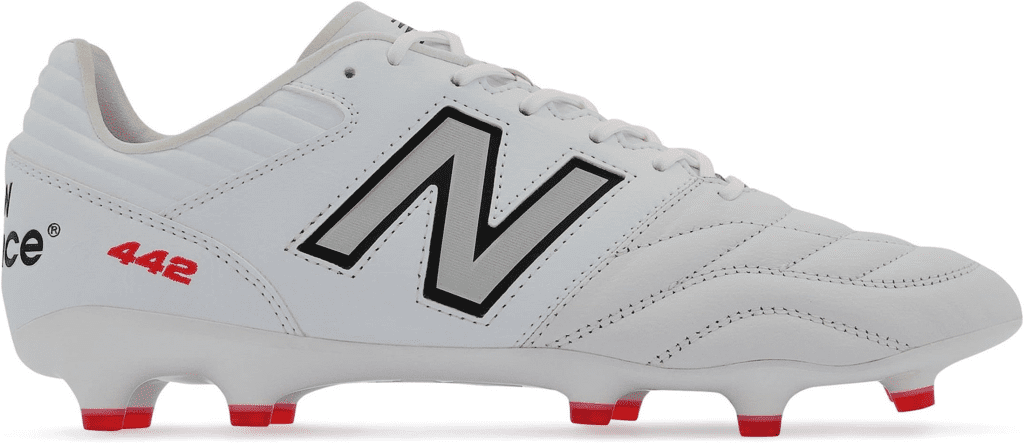
Innovation has significantly transformed the soleplate technology of football boots, enhancing traction and grip on various surfaces.
However, the upper design, particularly the toe box shape, has seen limited innovation. Brands have yet to adapt their designs to align better with the anatomical structure of the human foot.
One potential solution could be the introduction of wider toe boxes in football boots.
Some shoe companies are already exploring this concept. They’re producing minimal shoes with wider toe boxes, providing athletes with a more natural fit.
This shift towards a wider toe box could offer players both responsiveness and comfort. While there might be a brief adjustment period, the foot would naturally adapt to the additional space over time.
The Science Behind the Wider Toe Box

A football boot with a wider toe box could have several advantages:
- Improved Balance: A wider toe box allows the toes to splay out, enhancing balance and stability. This is supported by studies that have shown how allowing toes to spread wider during exercises improves force development and peak force.
- Enhanced Power Production: When the toes can spread out, the foot can generate power more efficiently. This could potentially lead to improved performance on the field.
- Reduced Discomfort: A wider toe box means less crowding of the toes, resulting in more comfort during play and reduced chances of blisters or foot issues.
Looking Ahead: Balancing Performance and Comfort

While modern football boots have their merits, it’s essential to continuously evolve designs to cater to the diverse needs of players.
Brands should focus on meaningful changes that can truly enhance performance and comfort. New Balance, for instance, offers wide variations of their football boots, catering to players with wider feet.
In conclusion, the prevalence of narrow football boots is deeply rooted in historical influences and design considerations aimed at improving player performance.
While the quest for responsiveness is admirable, a shift towards a wider toe box could strike a better balance between performance and comfort.
As players and technology continue to advance, the football boot industry should be open to adapting designs to better serve the athletes and the sport as a whole.
Let’s encourage innovation and design changes that prioritize the well-being and performance of players for years to come.
Latest Posts
- Most Comfortable Football Boots of 2024
- Nike Phantom GX 2 vs Adidas Predator Elite
- Puma Future 7 Pro – Review
- Mizuno Morelia 2 Elite Review
- Nike Phantom GX 2 Elite Review
- Width Matters: Choosing the Right Football Boots for Your Feet
- Nike Premier 3 vs Copa Gloro vs NB 442 V2 Pro
- The Best Value Adidas Boot – Copa Gloro Review
- Best Predator Ever? – Predator Elite Review
